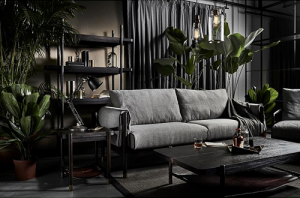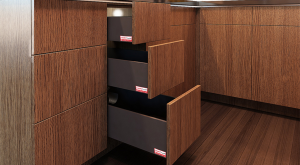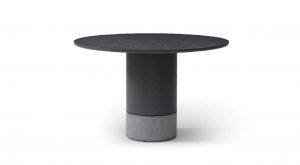Featured Post
Top 10 Ways to Protect Wooden Furniture
Wooden furniture adds warmth and elegance to any home, but it requires proper care to maintain its beauty and longevity. In this article, I’ll share the Top 10 Ways to Protect Wooden Furniture, from controlling humidity to using the right cleaning products.
I’ve always loved the look and feel of wooden furniture. There’s something timeless about it that plastic or metal can’t match. Over the years, I’ve learned that wood needs a bit of love to stay in top shape. From my dining table to my favorite bar stool, each piece has taught me something about furniture care and maintenance tips.
1. Maintain Optimal Humidity Levels
Wood is sensitive to moisture in the air. Too much humidity can make it swell or warp, while too little can cause cracking. Aim for indoor humidity between 40% and 60%. There are effective ways to reduce humidity in your home, like using a dehumidifier or improving ventilation. In dry months, a humidifier can help.
Once, my dresser drawers started sticking. I checked the humidity—way too high! A dehumidifier fixed it, and my furniture stayed safe.
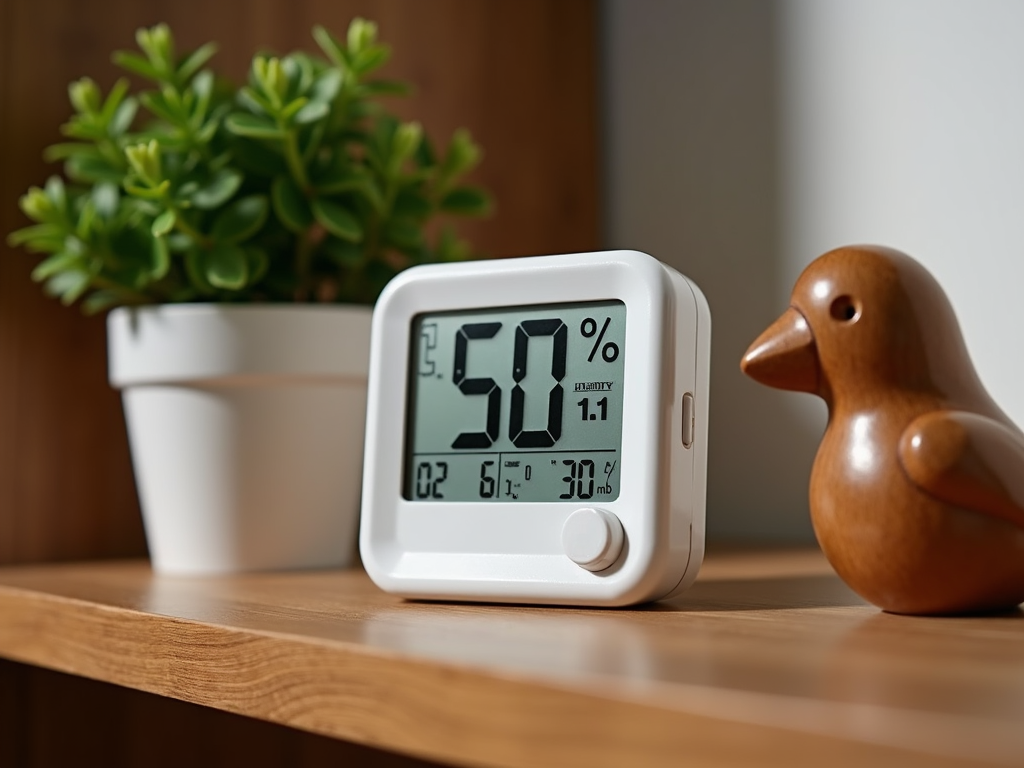
2. Use Coasters and Placemats
Water rings and heat marks are a wooden furniture’s worst enemies. Always use coasters for drinks and placemats or trivets for hot dishes. It’s a simple step that prevents big headaches.
I learned this the hard way after leaving a sweaty glass on my coffee table. The white ring it left behind still haunts me!
3. Dust Regularly
Dust might seem harmless, but it can scratch wood over time. Use a soft, dry cloth to dust your furniture weekly. Microfiber cloths are my go-to—they grab dust without scratching.
I used to skip dusting, thinking it wasn’t a big deal. Then I noticed tiny scratches on my bookshelf. Now, it’s part of my routine.
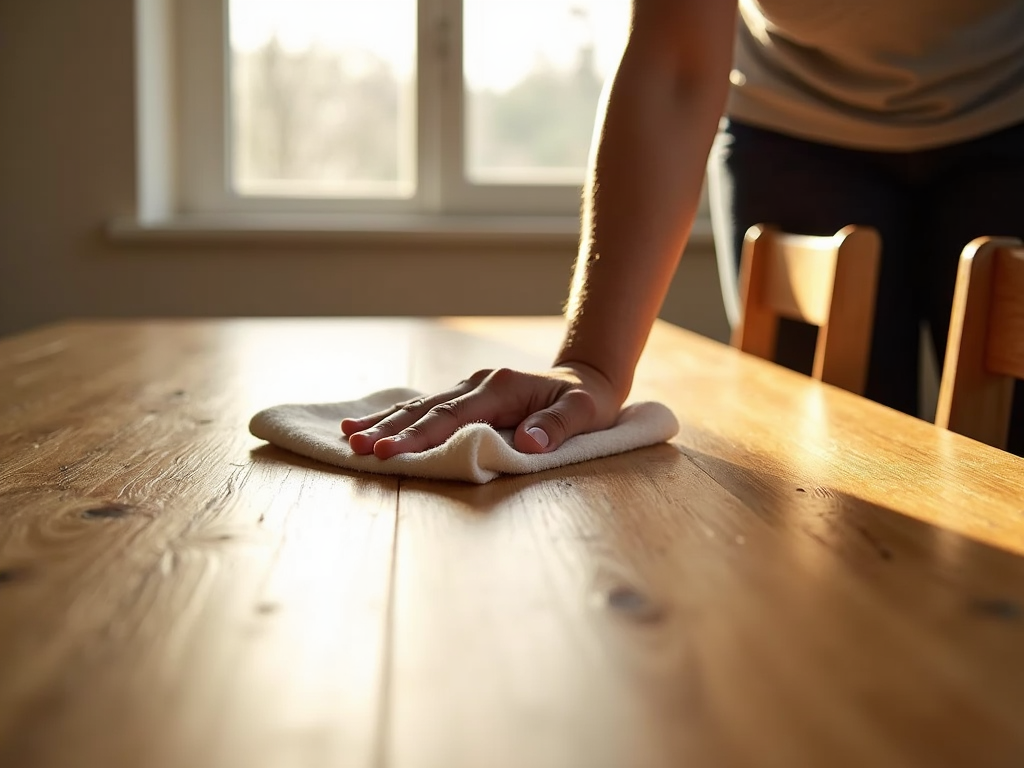
4. Clean Spills Right Away
Spills happen, but letting them sit can damage wood. Wipe them up immediately with a slightly damp cloth, then dry the spot with a soft towel. Quick action keeps the finish intact.
One time, my kid spilled juice on the table. I grabbed a cloth fast, and you’d never know it happened.
5. Apply Polish or Wax
Polishing or waxing your furniture every few months adds a protective layer and keeps the wood nourished. Use a product made for wood, and follow the instructions.
I started waxing my dining table last year. It shines now, and small scratches don’t show up as much.

6. Avoid Sunlight and Heat
Direct sunlight fades wood, and heat sources like radiators can dry it out. Position your furniture away from windows and heaters. Curtains or blinds help too.
My old rocking chair used to sit by a sunny window. The color faded fast. Now, I keep it shaded and it looks much better.
7. Use Felt Pads
Dragging furniture scratches both the wood and your floors. Stick felt pads or glides under the legs to make moving easy and safe.
I added pads to my chairs after noticing scuff marks on the floor. It’s a small fix that makes a big difference.
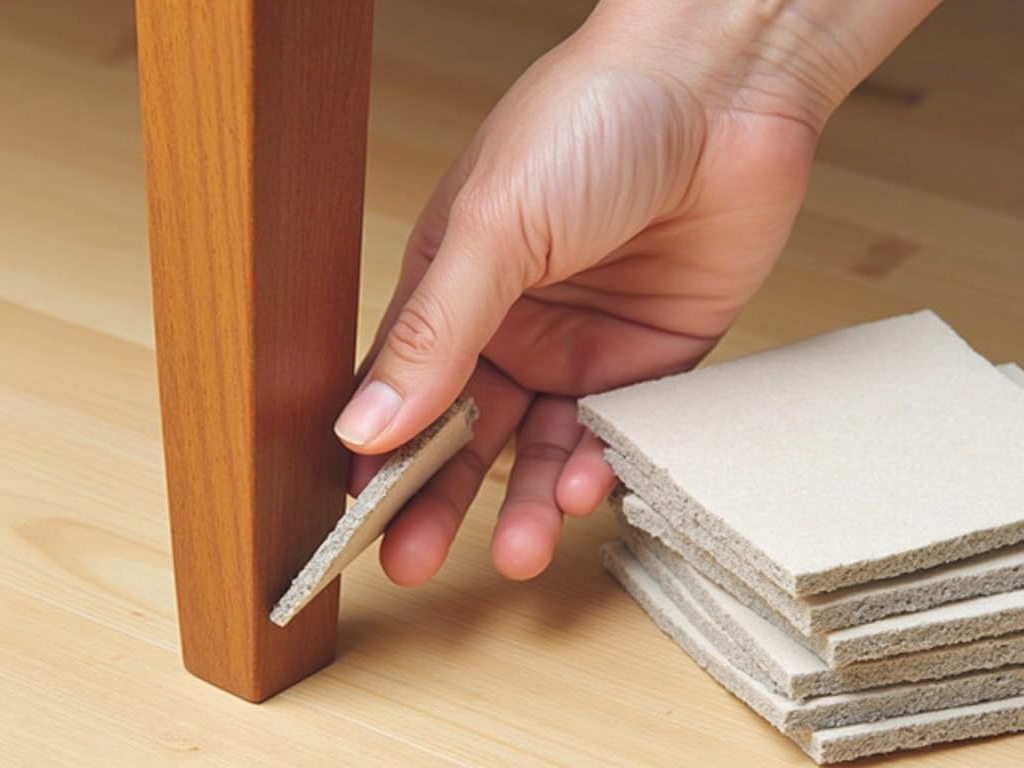
8. Repair Damage Promptly
Scratches and dents get worse if ignored. Use a wood touch-up pen for small marks or a filler for deeper damage. Fix it fast to stop the problem from growing.
My bar stool got a scratch from a dropped fork. A quick fix with a touch-up pen, and it’s good as new.
9. Choose Safe Cleaners
Harsh chemicals strip wood finishes. Stick to mild soap and water or cleaners made for wood. Test anything new on a small spot first.
I once used a random spray on my dresser—big mistake. The finish dulled. Now, I only use wood-safe products.
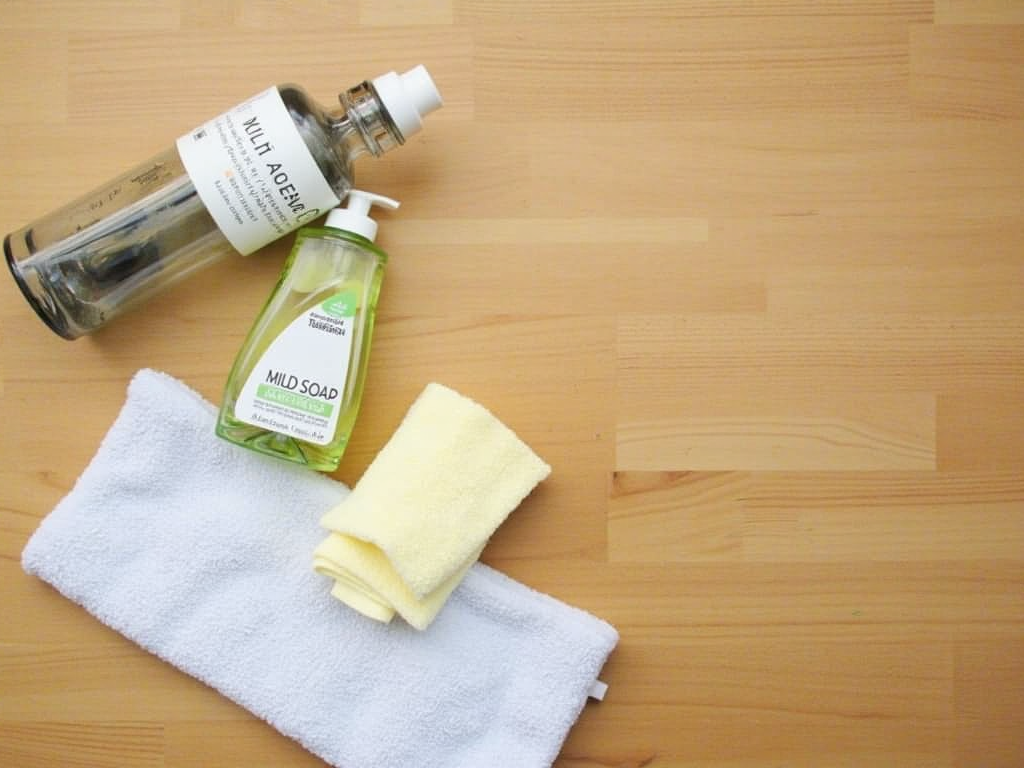
10. Add Protective Covers
For high-traffic pieces like bar stools, covers or cushions can prevent wear. They’re easy to remove and wash, keeping the wood underneath safe.
My kitchen bar stools get a lot of use. I added padded covers, and they still look great after months of spills and scuffs.
Protecting your wooden furniture doesn’t have to be hard. With these Top 10 Ways to Protect Wooden Furniture—like controlling humidity, using coasters, and cleaning smart—you can keep every piece looking beautiful. A little effort goes a long way for your furniture.


